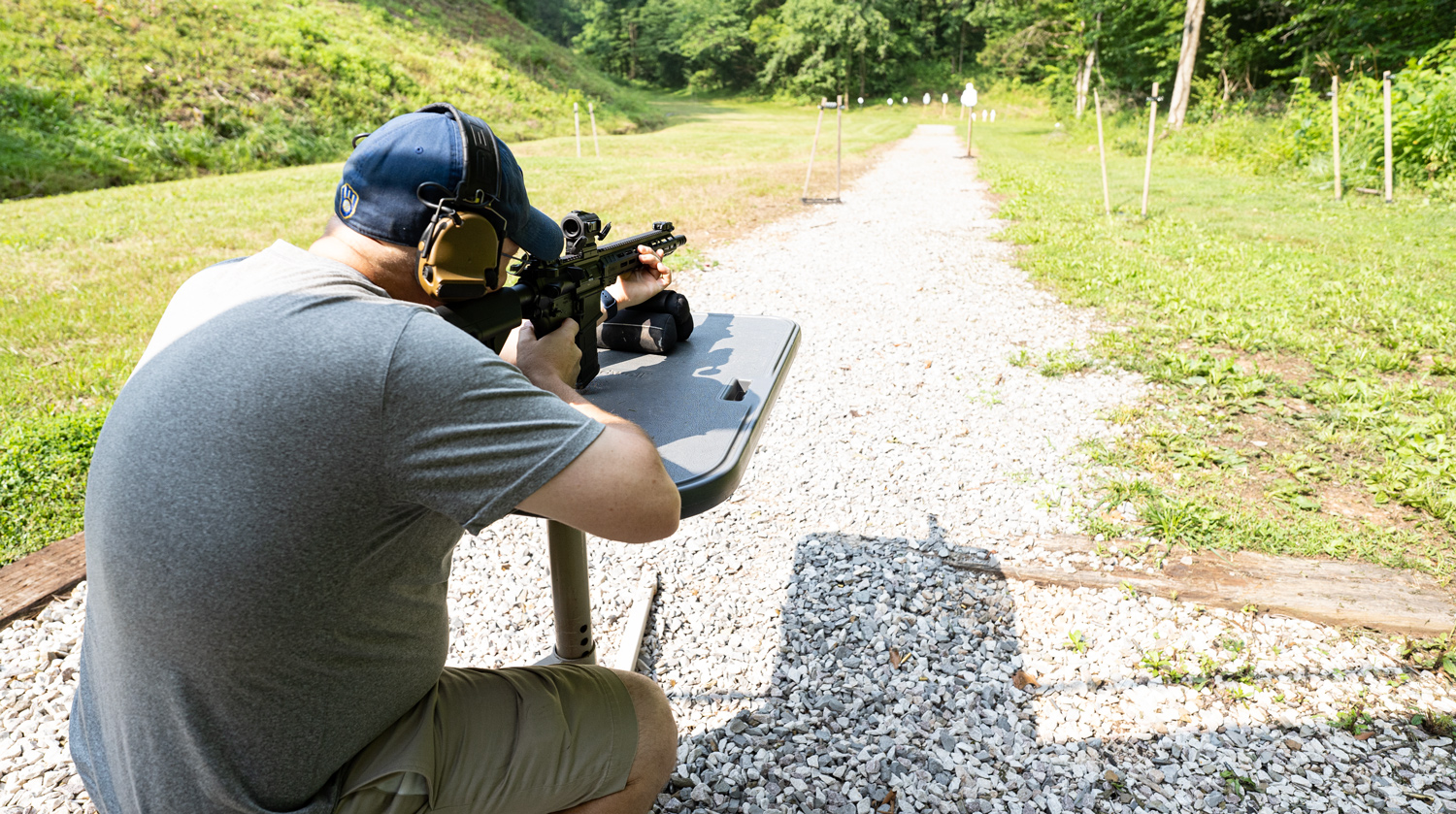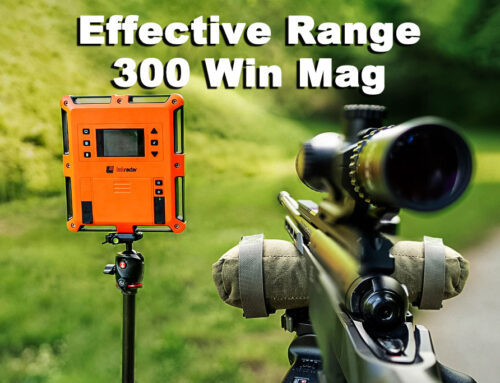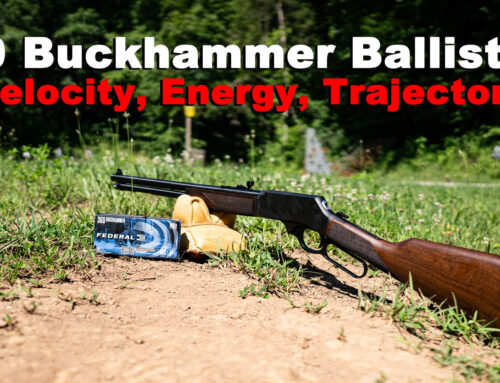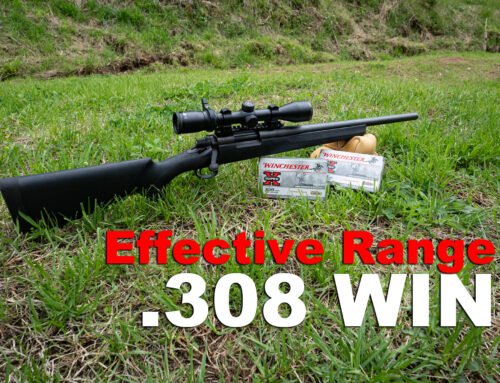“Spire Point” is a manufacturer’s brand name for their own spitzer-style bullet. Just like “Kleenex” refers to all manufacturers’ facial tissues, so too does “Spire Point” refer to all types of spitzer bullets. The word “spitzer” comes from the German word spitzgeschuss – literally “pointed shot (bullet).”
In simpler terms, a spitzer bullet is a pointed bullet!
What Is a Spitzer Bullet?

You don’t have to be a physics wizard to appreciate the performance advantage a bullet gains by being pointed. When its point is facing forward, a pointed object encounters less air resistance than a round-nose profile but otherwise identical object would. This is why we design rockets with nose cones. It’s also why footballs are football-shaped.
Early rifle bullets didn’t have pointed tips. The round nose rifle bullets of the 19th century were easy enough to mass produce, at the time, but their relatively high drag coefficients meant several performance disadvantages.
Drag Coefficient and Bullet Flight
The higher its drag coefficient, the more air resistance a bullet encounters in flight. A bullet which meets more air resistance loses accordingly more velocity as it flies downrange. Such a bullet will exhibit a steeper trajectory, as the effect of gravity stays constant regardless of how fast a bullet is traveling. A slower-moving bullet will necessarily strike its target with proportionately less energy, and it is also more susceptible to the straying effects of wind drift.
Everything changed when a Frenchman named Captain Georges Raymond Desaleux set about developing a superior bullet for the 8x50mmR Lebel in the late 1890s. In addition to making the 8x50mmR Lebel bullet lighter and loading it to a higher muzzle velocity, Captain Desaleux also gave it a pointed nose profile.
The results spoke for themselves. The original 8x50mmR Lebel bullet was capable of retaining approximately 46% of its muzzle velocity at 800 meters. Captain Desaleux’s innovative 8x50mmR Lebel bullet, on the other hand, retained 55% of its muzzle velocity at the same range. Weaponized aerodynamics.
French officials noted the spitzer bullet’s flatter trajectory, heightened resistance to wind drift and superior energy delivery downrange. They took a four-hour lunch break, smoked some cigarettes, and decided the French Army very much deserved ammunition which would let them incapacitate enemy combatants from farther away.
All the world’s armies soon adopted spitzer bullets. They remain in use to this day, and are unlikely to get phased out until laser guns become practical.
Why Aren’t All Bullets Pointed?
Shooters typically fire Spitzer bullets in intermediate and high-powered rifle cartridges. But if a spitzer bullet is more ballistically efficient, why aren’t all bullets pointed?
Handgun cartridges typically aren’t capable of propelling a bullet to a high enough velocity for a spitzer bullet’s advantages to make themselves apparent. A spitzer bullet’s higher ballistic coefficient doesn’t provide a marked improvement in accuracy at the shorter ranges handgun cartridges are fired over. Sure, a spitzer 45 ACP bullet would look cool, but it wouldn’t do much else.
Even if a round nose bullet’s effective range is shorter, it does have a tendency to inflict more damage to soft tissue without accompanying terminal expansion. That’s good for hunting African game animals, which is why many large game hunting bullets have round nose profiles. Terminal expansion would probably prevent a bullet from penetrating deeply enough to access an elephant’s vital organs!
Many bullets lack pointed nose profiles for other reasons. For example, the wadcutter is cylindrical because that profile enables it to stamp a clean, easy to see hole through paper. Alternatively, it could gouge a broad wound channel through soft tissue without having to undergo terminal expansion.
Lever-action rifle bullets have traditionally required blunt nose profiles. This is because lever guns store their ammunition in tubular magazines. A pointed bullet is capable of igniting the primer it butts up against. Hornady LEVERevolution bullets avoid this problem thanks to their supple polymer tips but the vast majority of lever-action cartridges still have flat noses.
Are Spire Point Bullets Good for Hunting or Self-Defense?

Yes – if you have the right kind of spire point bullets. Knowing that a bullet is a spire point does not mean you can assume its terminal ballistics. It may be a full metal jacket (FMJ), in which case the bullet will not expand while penetrating soft tissue (aka optimal terminal ballistics for hunting/self-defense).
Open tip (and open tip match) bullets are also spire point, but they are similarly incapable of terminal expansion. These bullets have technically got hollow point nose cavities. Its cavity is the byproduct of the open tip’s manufacturing process, however, and it’s not capable of providing terminal expansion.
Spire point hollow point boat tail (HPBT) bullets are usually non-expanding. You should know, there are some exceptions like the Berger Hunter Hybrid. Companies design many polymer tipped bullets like the Hornady ELD Match strictly for accuracy. They design others for accuracy and terminal expansion, like the Hornady ELD-X.
Soft point bullets are always a safe bet for hunting and personal defense (and economical, too). Whether you go with round nose or pointed soft point bullets, your accuracy will still benefit from the spire point profile’s low-drag ballistics.





Can i find a spire point bullet for a .450 bushmaster
We haven’t seen any commercially loaded options hit the market yet in 450 Bushmaster, Scott.